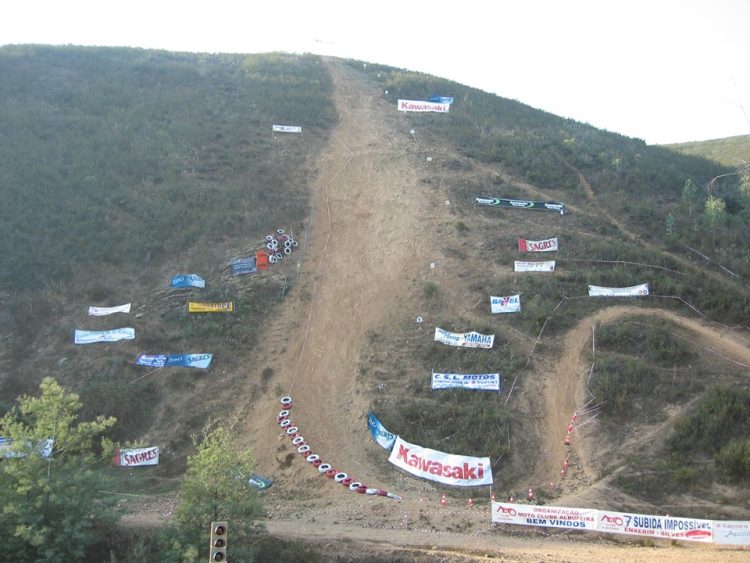Vladimir Aniskin is one of the few people in the world who can create microscopic artworks so tiny they fit on half a poppy seed.
The 33-year-old scientist, who works at the Syberian branch of the Russian Academy of Science, in Tyumen, has been practicing microminiature art since 1998, and devotes several months to completing a single piece. Over the years, he has learned to work in between heartbeats, which gives him about half a second to do a controlled movement before his hand shakes. “While working I hold my creation in my fingers. Even one’s heartbeat disturbs such minute work, so particularly delicate work has to be done between heartbeats.” Vladimir says.
His miniature masterpieces are created using powerful microscopes and a set of tools he himself designed, and to fully appreciate the fine detail of his art, one also needs a microscope. That’s because some of his works are measured in microns. Aniskin’s amazing portfolio includes a grain of rice inscribed with 2,027 letters, which took three months to complete, a caravan of camels in the eye of a needle, and a Christmas scene on a thin horse hair.
The following photos don’t do Vladimir Aniskin’s work justice, but if you’re ever in St. Petersburg, you can admire 80 of his microscopic wonders at the first Russian museum of micro-miniatures – The Russian Lefty.





















